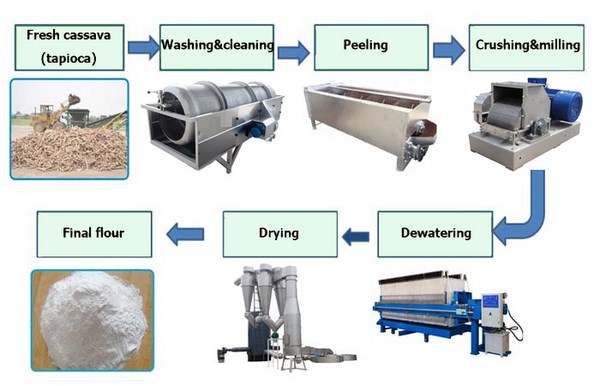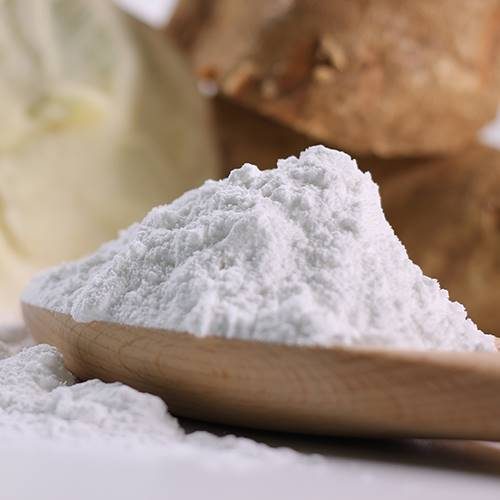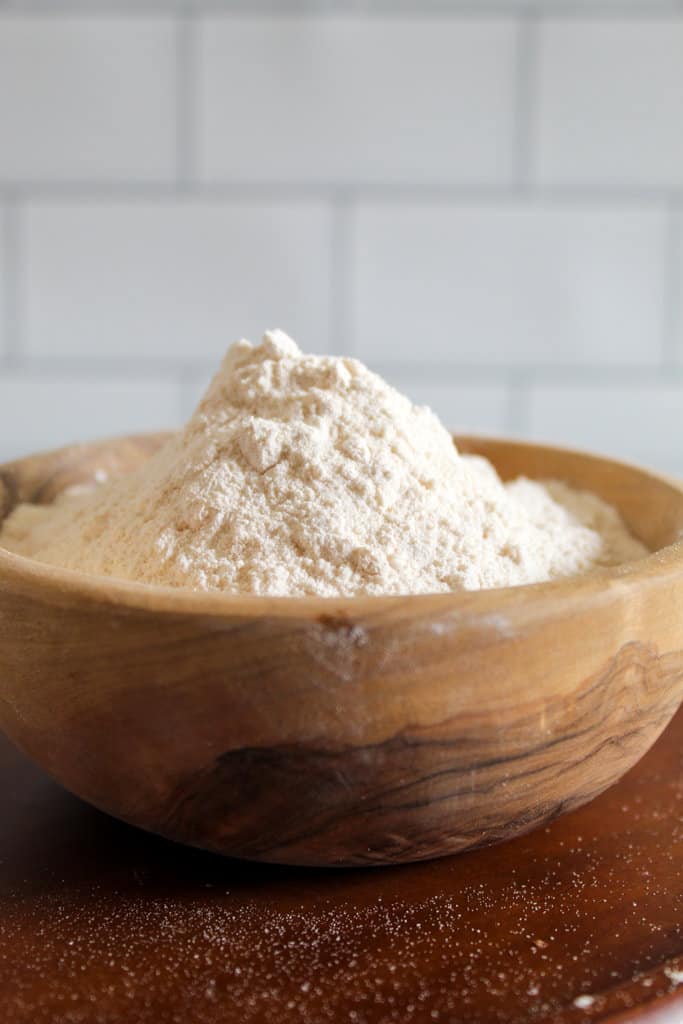Have you ever wondered what the difference was between tapioca flour and tapioca starch?
I am guessing that many of you have because it is one of the questions that I have received the most when a customer are wondering between buying tapioca starch or tapioca flour. There will be bad consequences when buyers don’t really understand the product they need. So let’s find out the difference of tapioca starch and tapioca flour.


Table of Contents
Toggle1. Differences in Manufacturing Processes
Tapioca Flour: Made by crushing and drying peeled tapioca roots
Tapioca Starch: Produced through an industrial assembly line involving peeling, cleaning, crushing, screening, filtration, concentration, dehydration, and drying, resulting in finer and higher-quality starch.
2. Differences in Characteristics
Tapioca Flour: Appears powdery and turns transparent when boiled with water, giving an elastic texture. Commonly used in sweet dumplings, puddings, and crystal dumplings.
Tapioca Starch: A fine powder that doesn’t form lumps when heated in water. It’s more refined and has a smoother texture compared to tapioca flour.
3. Different Uses
Uses of Tapioca Starch:
- Food industry: Thicken soups, sauces, improve moisture retention in meat, enhance chewiness in noodles and confectionery.
- Industrial applications: Improve paper strength, use in adhesives, textiles, pharmaceuticals, cosmetics, and biodegradable plastics


Uses of Tapioca Flour:
- Food production: Making alcohol, fructose, glucose, bread, biscuits, sauces, and more.
- Chinese cuisine: Often mixed with water and meat for enhanced flavor.